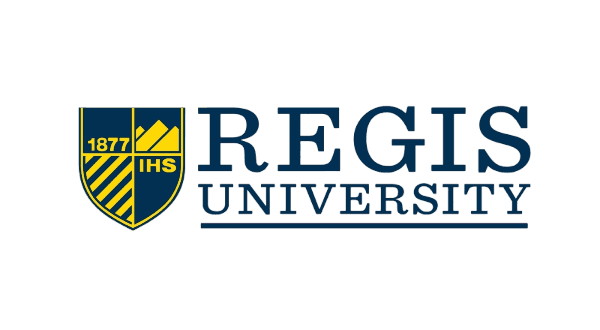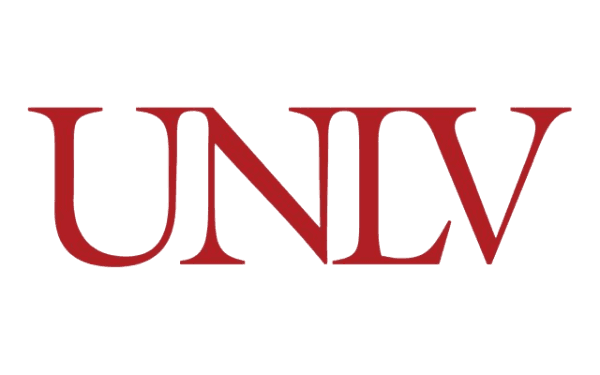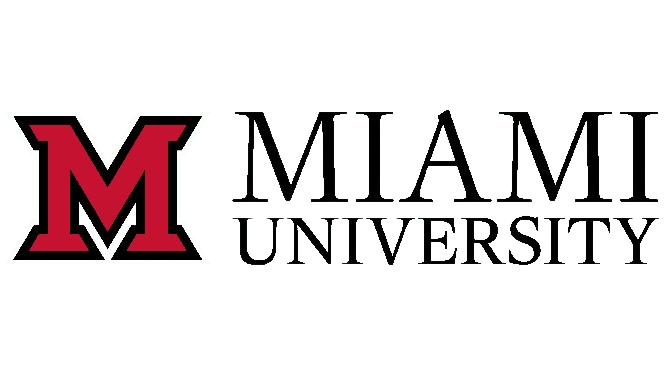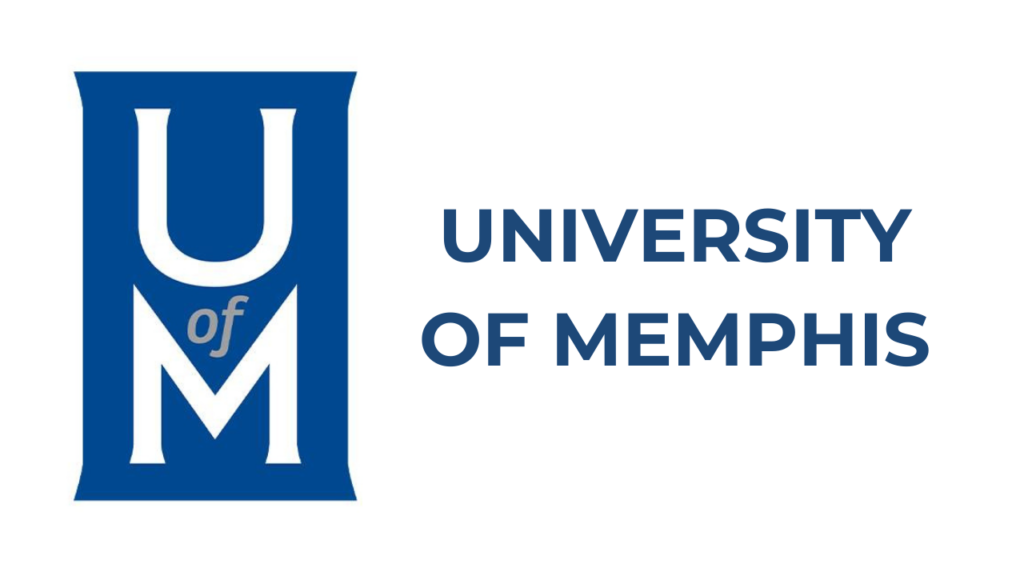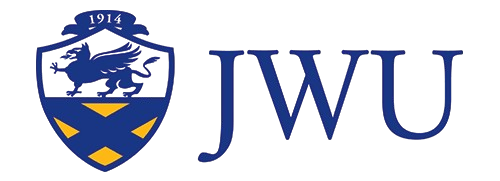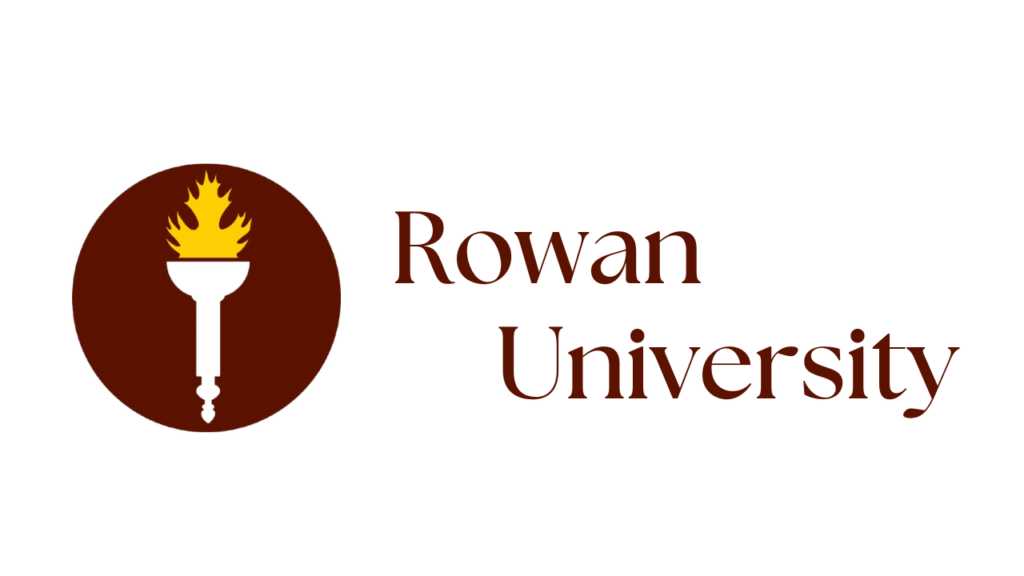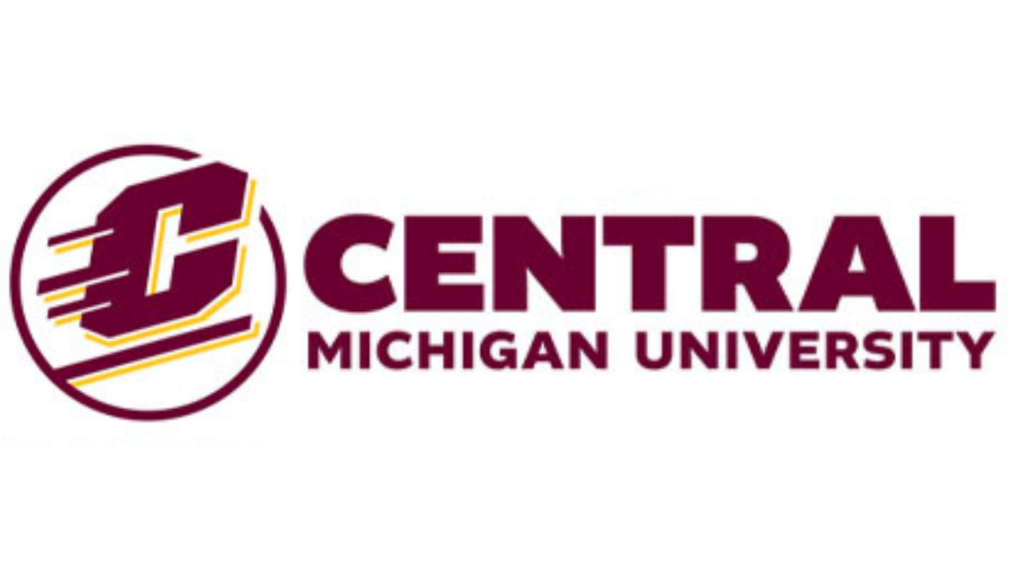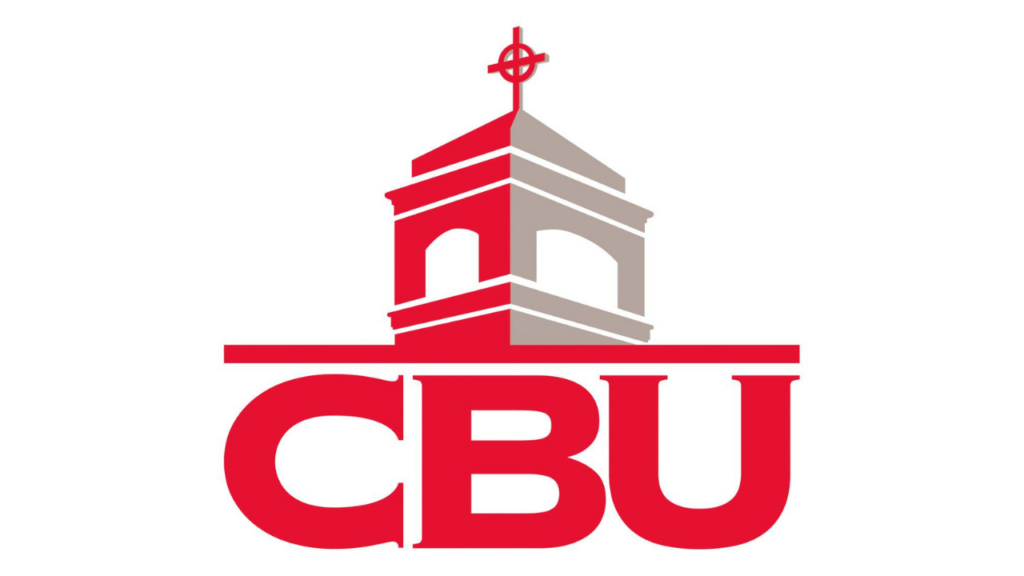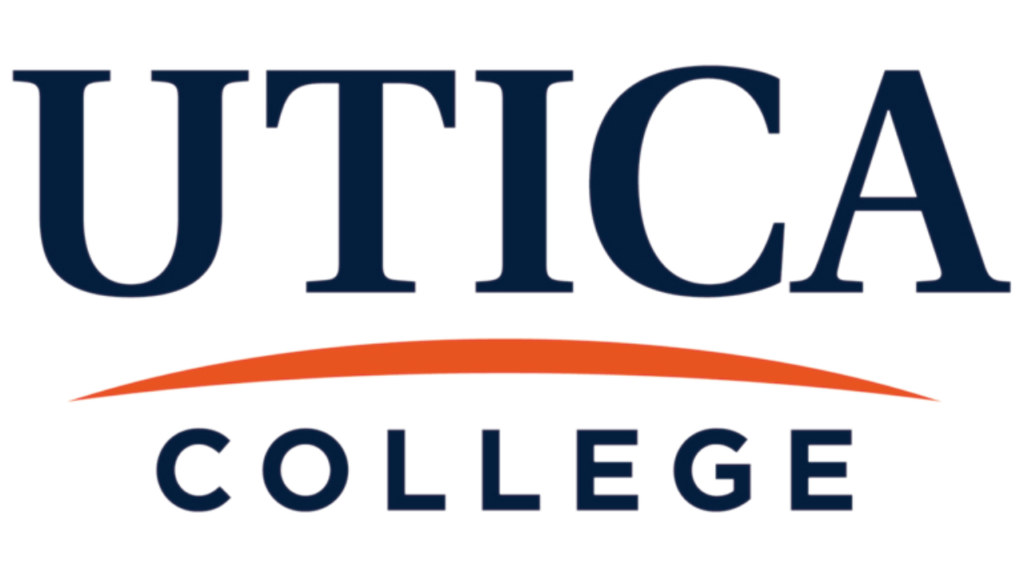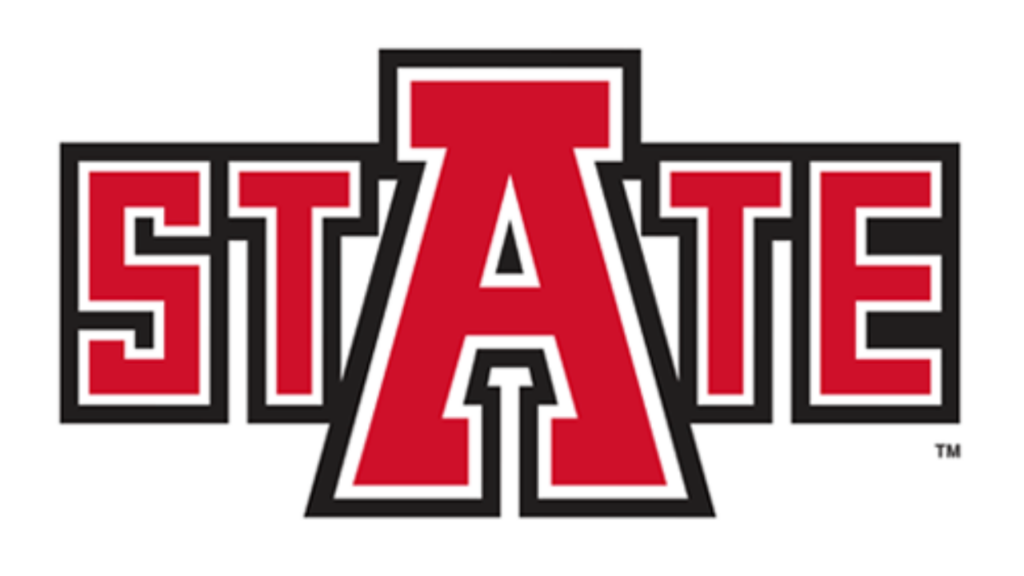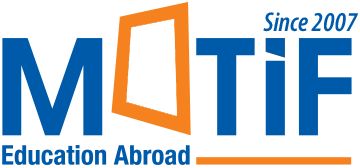USA

The United States of America (USA), a vibrant nation spanning North America, is a global superpower. With a robust economy, a formidable military, and significant political influence, the US plays a crucial role on the world stage.
Bordering Canada to the north and Mexico to the south, the US also encompasses the state of Alaska in the northwest and the island state of Hawaii in the Pacific Ocean.
The US has a rich history as a nation of immigrants, evident in the fact that over 46 million Americans were born outside the country. This diverse heritage contributes to the nation’s vibrant multicultural society.
Major metropolitan areas like New York City, Los Angeles, and Chicago serve as dynamic centers of commerce, culture, and innovation. California, Texas, and Florida are among the most populous states, attracting residents from across the country and around the world.
The US is home to numerous world-class cities. Every year, dozens of American cities, including New York, San Francisco, Los Angeles, Chicago, Seattle, Boston, Miami, Las Vegas, Atlanta, Washington D.C., Orlando, St. Louis, Portland, Houston, Philadelphia, Denver, San Diego, Minneapolis, Austin, Dallas, Honolulu, Detroit, San Jose, New Orleans, Nashville, Salt Lake City, Baltimore, Cleveland, Tucson, Pittsburg, Charlotte, Phoenix, Tampa, Richmond, Raleigh, Rochester, and many others, are consistently ranked among the best in the world. These cities offer a captivating blend of culture, business, and entertainment, attracting visitors and residents alike.
Why Choose The United States?
The US has one of the world’s top and most developed public education systems. For decades, the US has reigned supreme as the world’s most popular study-abroad destination.
The US continues to be a global leader in science and technology, with world-renowned universities, research institutions, and technology companies pushing the boundaries of human knowledge. This commitment to innovation ensures that the US will remain a major force in the global economy for years to come.
But the US is more than just a leader in education. It’s also a powerhouse of innovation and wealth. The country is home to a remarkable number of billionaires, a testament to its thriving economy and its long history of fostering entrepreneurial spirit.
Many of these billionaires have built their fortunes through groundbreaking scientific and technological advancements. From the invention of the light bulb to the development of the internet, American ingenuity has revolutionized the world. This emphasis on research and development has created a fertile ground for new ideas and businesses, driving economic growth and shaping our modern world.
Why is the U.S.A an ideal destination for Nepalese Students?
The USA is an ideal destination for Nepalese students for several compelling reasons, including the thriving Nepalese-American community, world-class education opportunities, and career prospects. Nepalese students aspiring for a global career benefit immensely from the USA’s unparalleled education system and professional opportunities, supported by a welcoming Nepalese diaspora.
The USA has the largest capacity to host international students. It is projected that by 2030, the USA will welcome 2 million international students from around the world, and Nepalese students can also benefit from this opportunity. Here’s a breakdown:
1. Strong Nepalese Community
- With over 220,000 Nepalese Americans spread across the United States, Nepalese students can find a supportive community that eases cultural transition and provides a sense of belonging.
- Communities often organize cultural events, support networks, and mentorship opportunities for new students.
2. World-Class Education
- The USA is home to some of the world’s top-ranking universities and colleges, offering diverse programs in cutting-edge fields.
- Institutions emphasize research, innovation, and experiential learning, ensuring students receive a well-rounded education.
- Flexibility in education systems allows students to switch majors or combine disciplines according to their interests and career goals.
3. Career Prospects
- The USA houses the headquarters of many top multinational companies, providing abundant job opportunities post-graduation.
- Many universities have strong career support services, connecting students to internships, co-op programs, and industry leaders.
- The Optional Practical Training (OPT) and STEM OPT extension programs allow international students to gain work experience in the US after graduation.
4. Scholarship Opportunities
- A wide range of scholarships, grants, and financial aid is available for international students, reducing the cost of education.
5. Global Exposure and Networking
- Studying in the USA provides students with a multicultural environment, enhancing their global perspective and cross-cultural communication skills.
- Networking with peers, faculty, and professionals opens doors to international opportunities.
6. Pathway to Residency
- After completing education and gaining work experience, students may explore pathways to secure long-term residency through employment or other immigration options.
How much money is required to study in the USA from Nepal?
Studying in the USA is indeed an investment in your future. However, it requires careful financial planning to manage tuition fees, living expenses, The tuition fee depends on the type of institution and the program of study:
1. Community Colleges:
- Approx. $8,000–$20,000/year
- Typically offer two-year associate degrees, with options to transfer to four-year colleges or universities.
2. Public Universities (State Universities):
- Approx. $18,000–$45,000/year for undergraduate programs.
- Approx. $18,000–$45,000/year for graduate programs.
3. Private Universities:
- Approx. $30,000–$70,000/year or more.
- Often higher-ranked institutions with specialized programs.
5. Ivy League Universities:
- Tuition can exceed $70,000/year, excluding other fees.
- Living Costs: Vary from $10,000 to $22,000 annually, depending on the city and lifestyle.
Ways to Reduce Costs
Reducing the cost of studying in the USA through scholarships and financial aid is a practical approach for international students. Here are some effective strategies for securing scholarships:
1. Apply for University Scholarships
- Merit-Based Scholarships: Awarded to students with excellent academic performance, leadership qualities, or extracurricular achievements. Examples: Presidential Scholarships and dean’s Scholarships.
- Need-Based Scholarships: For students demonstrating financial need. Example: Financial Aid Packages offered by private universities.
- Program-Specific Scholarships: Provided for students pursuing specific fields like STEM, arts, or business.
2. Research External Scholarships
Many organizations and foundations offer scholarships for international students.
- Fulbright Foreign Student Program: Covers tuition, living expenses, and travel costs.
- Joint Japan/World Bank Graduate Scholarship: For graduate students from developing countries.
- AAUW International Fellowships: For women pursuing graduate studies.
- The Global Study Awards: For students showing academic excellence and community involvement.
3. Apply for Graduate Assistantships
- Graduate students can work as teaching assistants (TAs) or research assistants (RAs).
- These positions often cover tuition fees partially or fully and provide monthly stipends.
4. Seek State-Specific Scholarships
Some U.S. states or universities offer scholarships specifically for international students. Examples include:
- University of Oregon ICSP Scholarships (up to full tuition).
- Michigan State University International Scholarships.
5. Explore Work-Study Opportunities
- Some universities offer work-study programs where students can work on campus to cover living expenses.
6. Apply Early and Strategically
- Apply for scholarships as early as possible.
- Focus on multiple options to increase your chances of securing funding.
7. Highlight Achievements in Applications
Build a strong scholarship application by showcasing:
- Academic records (transcripts, GPA).
- Test scores (SAT, ACT, GRE, TOEFL, IELTS).
- Personal achievements, leadership roles, and community service.
- Showcasing strong Sports or Music skills, Volunteering, and writing strong personal statements
By combining these strategies and staying proactive, students can significantly reduce the cost of studying at a U.S. university.
English Proficiency Exam to Study in USA
If an international student doesn’t meet the English proficiency requirements set by a US university (usually demonstrated through IELTS or TOEFL scores), they may be required to enroll in an English as a Second Language (ESL) program before starting their academic coursework.
Therefore, it’s crucial for international students to carefully research the English proficiency requirements of their target universities/colleges and plan accordingly to avoid unexpected costs and delays.
To study in the United States from Nepal, demonstrating English proficiency is crucial. This often requires submitting scores from standardized tests like IELTS, TOEFL, PTE, or Duolingo. Every international student applying to an American university needs to fulfill this English language requirement. At Motif Education Abroad, we offer specialized English proficiency tutoring to help Nepalese students excel on these exams, including IELTS, PTE, TOEFL, and DUOLINGO.”
Here are some of the most common ones:
- Test of English as a Foreign Language (TOEFL): This is the most widely accepted test by US universities. It assesses your reading, writing, listening, and speaking skills in English.
- International English Language Testing System (IELTS): Another popular option, IELTS is also recognized by many US institutions. It evaluates your English proficiency across four sections: listening, reading, writing, and speaking.
- Pearson Test of English (PTE Academic): This computer-based test measures your English language abilities through speaking and writing tasks, along with listening and reading comprehension exercises.
- Duolingo English Test (DET): A relatively newer option, the DET is a convenient and affordable online test that assesses your reading, writing, listening, and speaking skills.
Standardized tests requirement to study in the USA
Here’s a breakdown of the standardized tests commonly required for US education at different levels:
1. Undergraduate (Bachelor’s Degree)
- SAT (Scholastic Assessment Test): Widely used for college admissions. Assesses reading, writing, and math skills.
- ACT (American College Testing): Another popular option for college admissions, covering English, math, reading, science, and optional writing.
2. Graduate School (Master’s Degree) Standardized Tests in the USA
When applying to graduate programs in the United States, you may encounter specific standardized tests depending on the field of study. Here’s a breakdown of the most common ones:
- GRE (Graduate Record Examination):
Purpose: Assesses verbal reasoning, quantitative reasoning, and analytical writing skills.
Required for: A wide range of graduate programs, including humanities, social sciences, and STEM fields. Majority of graduate business programs accept GRE score.
- GMAT (Graduate Management Admission Test):
Purpose: Specifically designed for graduate business school applications, focusing on analytical writing, integrated reasoning, quantitative, and verbal reasoning skills.
Required for: MBA programs and some other business-related master’s degrees.
- LSAT (Law School Admission Test):
Purpose: Measures reading comprehension, logical reasoning, and analytical reasoning skills.
Required for: Law school applications.
- MCAT (Medical College Admission Test):
Purpose: Assesses critical analysis and reasoning skills in scientific contexts.
Required for: Medical school applications.
- PCAT (Pharmacy College Admission Test):
Purpose: Evaluates verbal ability, biology, chemistry, physics, and quantitative reasoning.
Required for: Many pharmacy school programs.
- OAT (Optometry Admission Test): To become an optometrist (or eye doctor), the Optometry Admission Test (OAT) is required for admission to Doctor of Optometry (OD) programs.
- DAT (Dental Admission Test): To become a dental doctor, the Dental Admission Test (DAT) is required. The DAT is a crucial component of the application process for dental school in the United States and Canada.
NOTE: The SAT or ACT, and the GRE or GMAT, are required for highly competitive US colleges and universities. It’s essential to research various colleges and universities to find the best fit for your unique needs and aspirations.
Here are some resources that can help you in your college search: –
- U.S. News & World Report Best Colleges: https://www.usnews.com/best-colleges
- Princeton Review: https://www.princetonreview.com
- Niche: https://www.niche.com
- Common App: https://www.commonapp.org
Specific requirements vary: Always check the individual requirements of the specific college or university and program you’re interested in. Some may not require standardized tests at all.
Test preparation is crucial: These exams are challenging. Consider taking practice tests and enrolling in preparation courses to improve your scores.
What key information do you need to succeed in your USA student visa interview?
Prepare Thoroughly Before the Interview
1) Understand Your Program
Before the interview, make sure you can clearly explain why you chose your university and program. Highlight how it aligns with your career goals and how it will benefit your future in your home country. For example:
- “I chose this program because it offers advanced research opportunities in renewable energy, which will help me contribute to sustainable development in my country.”
2) Know Your Documents
Familiarize yourself with all key documents, including:
- DS-160 form
- I-20 form (issued by your university)
- Financial records
- Academic transcripts and test scores
3) Financial Readiness
Be prepared to explain how you or your sponsor will cover tuition, living expenses, books, and other costs. Practice answering questions like:
- “Why do you want to study in the U.S.?”
- “Why did you choose this university?”
- “What are your plans after graduation?”
- “Who is sponsoring your education?”
Ace the Interview
1) Be Confident and Polite
First impressions matter. Greet the officer warmly, maintain eye contact, and answer questions clearly and confidently. A positive attitude goes a long way.
2) Be Honest
Always provide truthful and consistent answers. Avoid exaggerating your qualifications, finances, or ties to your home country. Dishonesty or discrepancies can lead to visa refusal.
3) Keep It Brief
Visa officers have limited time. Offer concise, focused responses without unnecessary elaboration. Stick to the point and address the question directly.
4) Demonstrate Ties to Your Home Country
Highlight strong reasons for returning home after completing your studies, such as:
- Family members who depend on you
- Career opportunities waiting for you
- Property ownership or business interests
5) Focus on Academics
Emphasize your educational goals and how studying in the U.S. will enhance your career. For example:
- “This program will teach me cutting-edge skills in data science, which I’ll use to improve healthcare systems in my country.”
6) Provide Documents Only if Asked
Avoid overwhelming the officer with paperwork unless specifically requested. Keep your documents organized and ready to present when needed.
Avoid Common Mistakes
1) Lack of Preparation
Ensure you understand every detail of your program and university. Be ready to discuss course modules, faculty, and campus facilities.
2) Overconfidence or Nervousness
Strike a balance between calm confidence and composure. Overconfidence can come across as arrogance, while nervousness may raise doubts about your intent.
3) Irrelevant Answers
Stick to the point and address the question asked. Avoid rambling or providing unnecessary information.
4) Unclear Financial Proof
Make sure your financial documents clearly demonstrate your ability to cover all costs. If using a sponsor, ensure their income statements or bank records are accurate and consistent.
5) Over-Explaining Ties to the U.S.
Focus on your intent to return home after completing your studies. Avoid over-explaining why you want to stay in the U.S., as this may raise concerns about overstaying.
Practical Tips for Success
1) Dress Professionally
Formal or semi-formal attire leaves a strong impression. Dress as if you’re attending an important job interview.
2) Arrive Early
Punctuality is crucial. Arrive at least 15–30 minutes early, and carry all required documents in an organized folder. This shows you’re responsible and prepared.
3) Maintain Professionalism
Avoid casual behavior, jokes, or slang during the interview. Treat the process with respect and seriousness.
4) Practice English Communication
The interview is conducted in English, so fluency and clarity are essential. Practice speaking confidently and articulately to ensure smooth communication.
Document Checklist
To avoid last-minute stress, ensure all required documents are prepared and organized beforehand. Here’s a checklist:
- Valid passport (valid for at least six months beyond your intended stay)
- DS-160 confirmation page (with barcode)
- Appointment confirmation letter
- Form I-20 signed by your university
- SEVIS fee receipt (proof of payment)
- Academic transcripts, certificates, recommendation letters, and test scores (TOEFL, IELTS, PTE, SAT, GRE, GMAT, etc.)
- Awards and achievements (e.g., debate, dance, music, sports)
- Supporting documents showing ties to your home country (e.g., property deeds, family photos)
Colleges/Universities
Our Partners for USA

